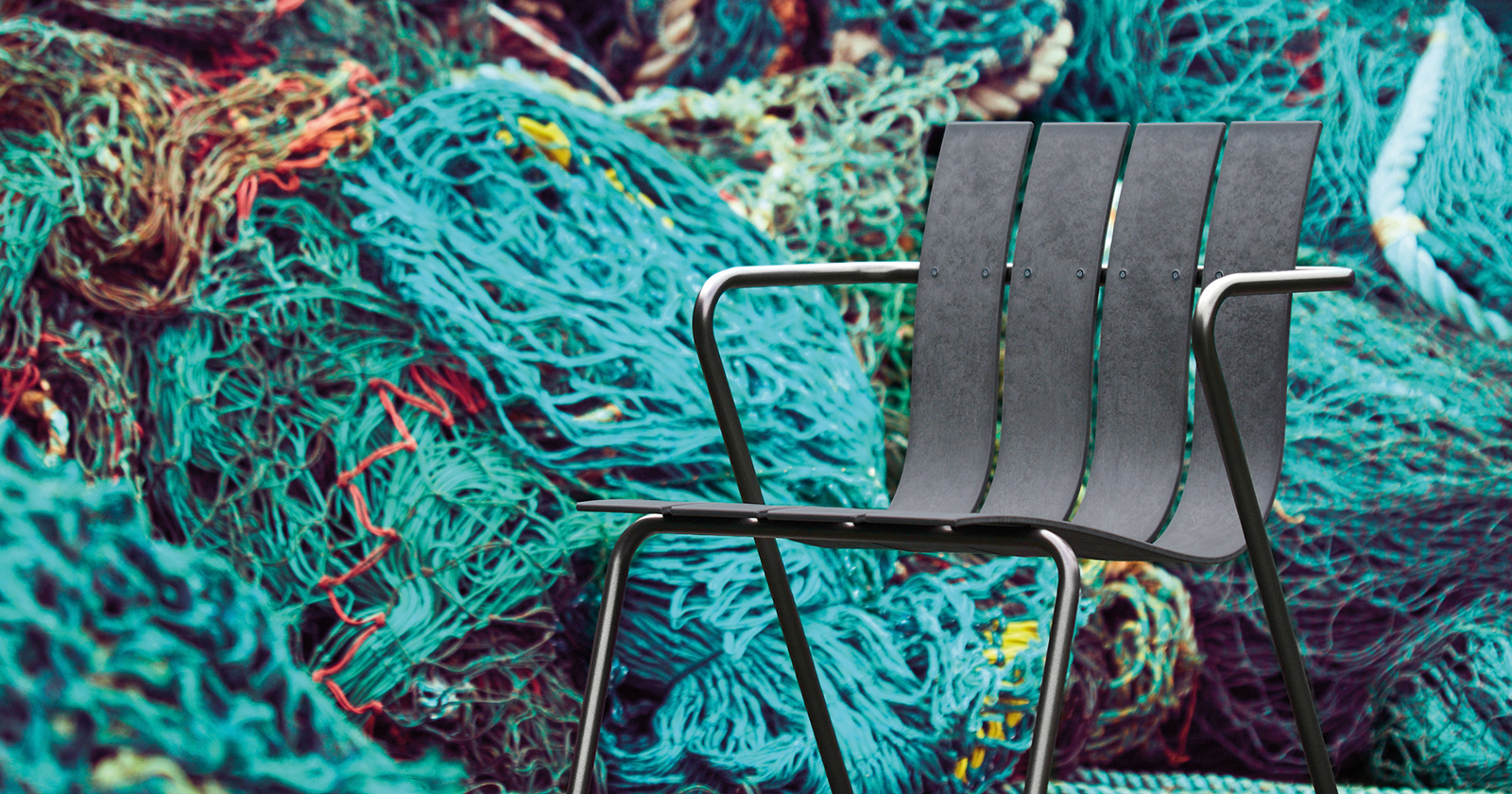What do Skejby Hospital, Horsens Municipality, and Lunar have in common? They are all sitting on plastic waste, literally. Used furniture, IT equipment, and fixtures from their old offices, which have now been granulated and turned into new, long-lasting furniture. When the furniture eventually needs to be replaced, it will be bought back by Daarbak Design, which has made the entire process possible. A regenerative and circular process with the mission of minimizing virgin materials and using what already exists.
But why should we think about regeneration and circularity in the design of the offices we work in?
Horsens is an example of a municipality that saved both CO2 and money by thinking regeneratively and circularly in their relocation of offices. They had to move 1,100 workplaces from four large locations, where Daarbak Design cleared 21,000 m² and reused all the furniture. The rest was donated to nonprofit organizations or made into new resources.
Daarbak Design's core values are clear: they aim to use as few virgin materials as possible. Every person and material should get a second chance and trucks leaving should always return full. But how does this work in practice?
An inspiring example of this is Daarbak Design's collaboration with the local Herning company HORN countertops.
Jan Bertelsen, Sales Director at Daarbak Design, explains: "If we're clearing out a building and they have 250 tabletops we need to take with us, we have an agreement with HORN that when they come by with a full truck, they pick up the tabletops, take them back, cut them down, re-coat them, and resell them. HORN helps recycle non-virgin materials, they are socially and economically conscious in their production, and we prefer not to send empty trucks back."
So when we look at our basements or storage rooms, filled with old furniture and items, what should we do? If you ask Jan Bertelsen, the answer is clear: "Anything that can be cleared out from a building—furniture, IT, and fixtures—we can take back and recycle. We don't need to cut down more trees, we don’t need to extract plastic and transport it from far away, we have thousands of materials right around the corner. All adjustable products can be bought back again and again, granulated, and pressed into new products—not just once, but several times. This ensures a longer lifespan and fewer virgin materials."
Skrevet af Simone Guldhammer, Bæredygtig Herning
